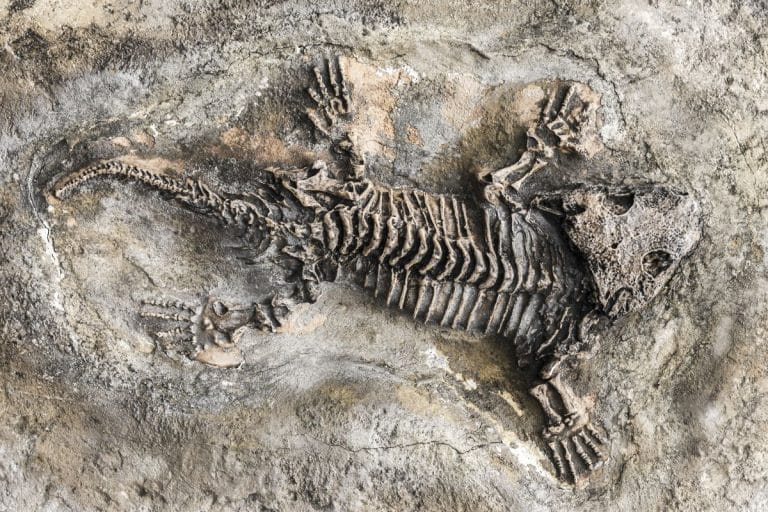Being the driest and flattest inhabited continent globally, Australia owes much of its landscape to the vast Outback that sprawls across most of the country. What many people may not know is that the Outback was originally the bottom of an ocean and still contains the fossilized remains of the Ediacara biota, the oldest animals on earth.
Nilpena Ediacara National Park was established to protect these prehistoric remains and recently welcomed visitors on April 27. Visitors can learn about the work of renowned American paleontologist Mary L. Droser, who discovered one of Nilpena’s most amazing fossil beds, and tour the park’s fossil beds, which have attracted much attention.
“The fossils are about 550 million years old, which is well over half a billion years old,” explained Droser to Travel + Leisure reporters. “With these beds, which basically are snapshots of the seafloor during that time (that is, fossils are preserved in place) — we have demonstrated the oldest animal sexual reproduction, the oldest macroscopic organism in the water column, the advent of mobility, and a number of other firsts.”
The ongoing work at Nilpena has led to the discovery of nearly 40 fossil beds. Tourists visiting the park can enjoy a top-notch fossil experience, complete with guided tours that provide a closer look at the fossil beds and the fossils themselves, as well as an audiovisual presentation that brings these ancient remains to life.
To ensure the protection of the important discoveries at Nilpena and the continued research efforts of Droser and her team, it is mandatory for visitors to the park to book a guided tour to view the fossils. Currently, Prairie Hotel owner Ross Fargher is the only tour operator authorized to conduct tours to the fossil site.
Despite the fact that the Ediacara biota have been discovered all over the world, Droser claimed that Fargher’s discoveries in South Australia are the best record of this group of fossils, and Fargher’s findings are “significant because of the nature of preservation. It has allowed us to excavate sandstone beds covered with fossils. This is absolutely unique and has provided unprecedented insight into the early history of animal life on Earth.”
The drive from Adelaide to Nilpena Ediacara National Park in the Australian state of South Australia takes about six hours. Admission to the park is free, but guided tours must be booked in advance and cost from $160.


